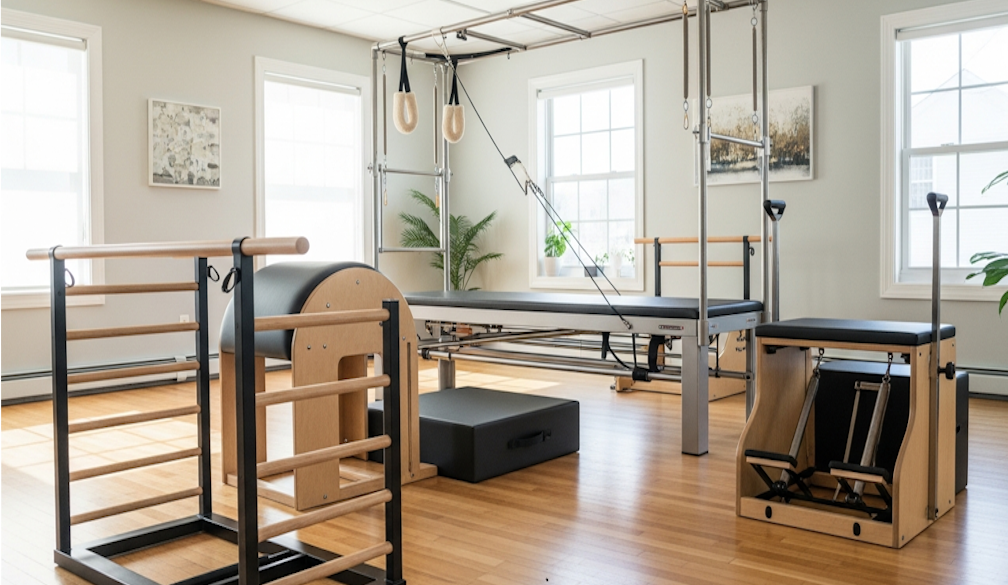How to protect your tools on the job

As a handyman, every day on the job looks different. Whether you’re a tradie or a handyman, your tools are an essential part of your job. You rely on them to be able to get the job done and earn a wage. But, unfortunately, there are people out there that take advantage of hard workers and steal their tools, often to sell them on and make some cash. Having your tools stolen can be extremely disruptive to your work, but also financially devastating as you now need to replace all the stolen tools.
With tool and equipment theft seemingly on the rise, there are some steps you can take to protect your tools when you’re on the job.
Secure your tools
Tool thieves are often opportunists - they strike when they see a chance. By securing your tools in your ute, trailer or shed, you’re eliminating that easy ‘grab and run’ opportunity for prospective thieves.
Make sure your toolbox is secured to the tray of your ute or trailer with big solid locks on the lid. All hinges should be in good condition, as weak hinges are easy to break. Ladders or large items should be secured with a chain and padlock. Average padlocks can be easily cut with bolt cutters, so make sure you invest in good quality security devices.
Even if you’re only leaving your ute or vehicle for a few moments, make sure you lock the doors. If you can, bring your tools and other equipment such as your ladder in from the vehicle at night.
Out of sight
Don’t leave your tools in plain sight. Don’t leave them on site when you’re not nearby - for example, if you leave site for lunch. If the tools are secured in your vehicle, make sure they’re hidden from any nosey passersby.
If you can, park your car or trailer in a garage or driveway overnight - parking on the street is more likely to attract the attention of people walking past at night. Many thieves drive around looking for utes or trailers as easy targets, so if your ute is out of sight, they won’t come snooping around for tools to steal.
Identify your tools
Tools that are easily identifiable are less likely to be snatched by thieves - or they’ll be more easily recognised and recovered after the theft. The thief will have a much harder time selling the tools if they have identification marks on them.
Etch your name onto the tools, or use a brightly coloured paint to mark them. Keep a note of serial numbers and other identifying features. Some people recommend etching your drivers licence number onto the tools. This way, if they’re stolen, they’ll be easily traced back to you and your current address.
Don’t get complacent
Be aware of your surroundings, and keep an eye out for anybody suspicious when you’re on site. If the site is open or large, make sure you don’t leave tools around where you can’t see them. Opportunistic thieves might see their chance to snatch them while nobody is around.
When it’s time to knock off, don’t rely on the security available on site. You’re better off taking all your tools with you to ensure they don’t go missing during the night.
As a handyman, every day can look different in terms of which jobs you complete. You may not require every one of your tools for every job. Make sure you keep track of what tools you have and where they are - this way, you’ll notice right away if they go missing. You don’t want to only realise you’re missing that piece of equipment once you go to use it next.
Handyman or tool insurance
While protecting your tools from being stolen is the best prevention, sometimes thieves find a way. If your tools are stolen, in order to continue working and earning a living, you’ll need to replace your stolen tools - and fast. This can be a very costly venture, which is why insurance is so important.
Insuring your tools and equipment will offer you peace of mind in the event that you’re robbed. The insurance company will foot the bill for replacement tools, meaning you can get back to work sooner rather than later.
Your insurer may require evidence to prove ownership of the tools when processing your claim, so make sure you keep your receipts, owner manuals or packaging. The identifying photos you took of your tools may also come in handy.
These tips can be applied to protecting any equipment or materials you need in order to complete your job, whether it’s a ladder, lawn mower, building materials or other equipment. Handyman insurance will protect you against unforeseen theft, and save you from having to cough up your own hard earned money to replace your essential items.



















